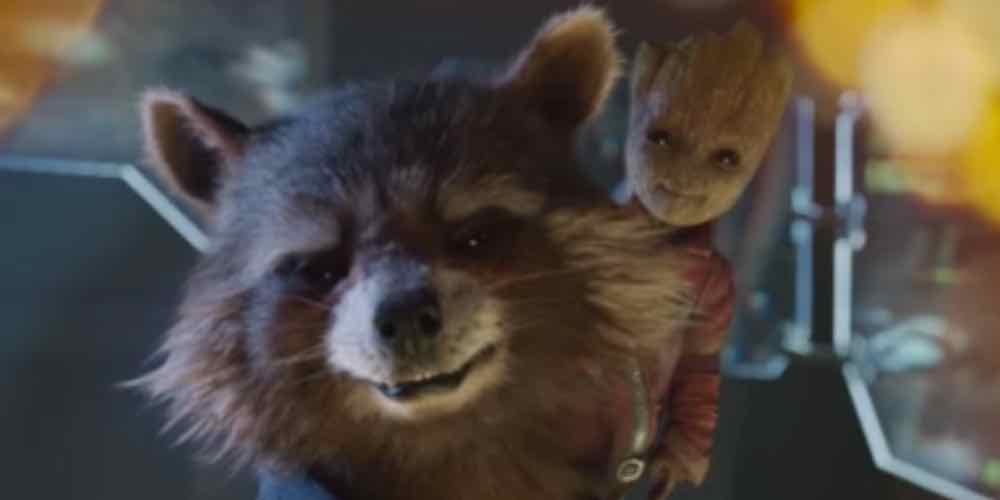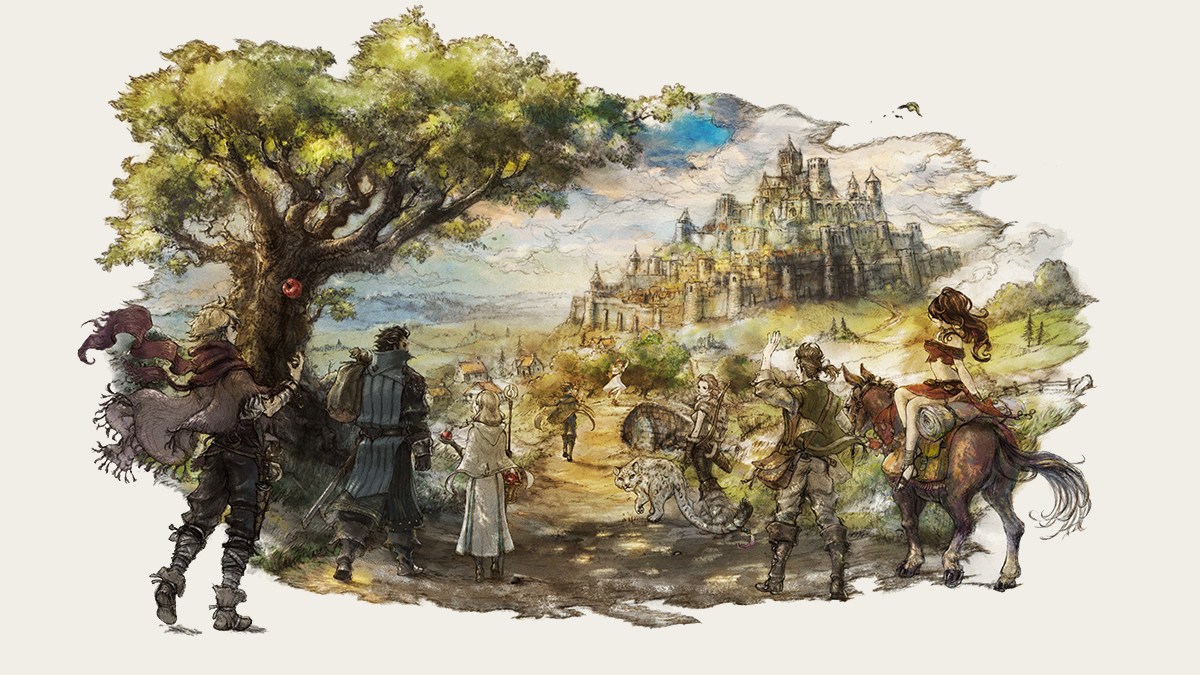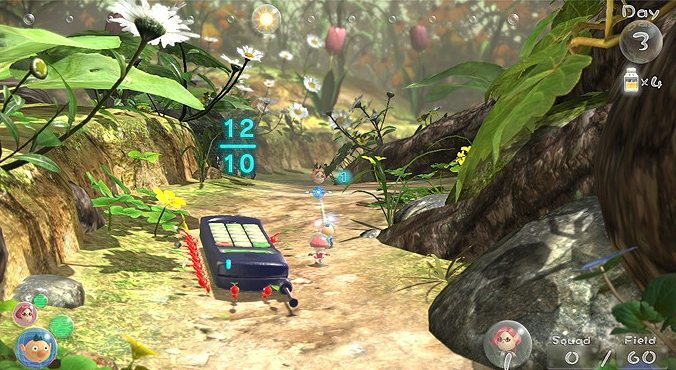As part of the Disney movies event that I attended a few weeks ago, I had the opportunity to interview Director Rich Moore and Producer Clark Spencer. They explained how Wreck-It Ralph came into being, some of the unique challenges involved in the production and shared a few behind-the-scenes stories.
Before they made Wreck-It Ralph, Moore and Spencer had each worked on a large number of animated projects over the years; Moore was one of the original three directors of The Simpsons, directing many episodes of the series’ first five seasons, before becoming supervising director of The Critic, and later oversaw the creative development and production of Matt Groening’s Futurama, His credits include the Warner Brothers theatrical short Duck Dodgers: Attack the Drones, Comedy Central’s Drawn Together, and Spy vs. Spy for Mad TV. Clark Spencer joined Disney in 1990 as a senior business planner in the finance and planning department; he worked in planning and finance, eventually becoming Senior Vice President of Finance and Operations for Walt Disney Animation Studios and Theatrical Productions, a position he held until 1999, when he was asked to produce Lilo & Stitch. Since then he has served as executive producer on Meet the Robinsons, producer on Bolt, and executive producer on 2011′s Winnie the Pooh.
Wreck-It Ralph grew out of an idea that had been kicking around Disney for several years, but nobody could figure out what to do with it. Moore was invited to come to Disney by John Lasseter around 2008, and one of the ideas suggested to him was the concept of a movie about video game characters. Moore explained, “I thought, well, that’s pretty interesting. I like video games. You know, I like that type of world. It could be very kind of rich and fun and something that people would enjoy,” but he found it wasn’t as easy as he thought. “I just started with that notion. And after about two days, I thought this is a really, really bad idea,” he laughed. The problem is that the characters have no internal life; they just do the same thing every day, and have no passions or ambitions, no free will. Finally the solution came; “I thought, well, what if the main character didn’t like his job, you know? What if everyone else loved their jobs? And the main character didn’t like his job. That would be a fantastic kind of internal conflict for a protagonist to have.”
There had been previous attempts to build movies around video games, notably Tron and The Wizard, neither of which were really successful in capturing the essence of the videogame world, Moore says, “I think when like things like The Wizard and even like Tron when it first came out, I was a teenager, and, man, I really wanted to kind of just kind of disappear into it. And it just felt like it was a movie about something that was not quite… there wasn’t history behind video games at that point.” Today, Moore explains, most people, even those in their 60s and 70s know at least something about videogames, and now that videogames have a bit of history built up — “you can compare Pong to Halo, and it’s so different, now we’re starting to kind of see the contrast between them,” he states, “and you can have fun with it and put those two different characters together.”
One of the things that makes Wreck-It Ralph a daunting project is the extremely large cast; there are about 180 different characters in the film, many of them established characters like Sonic the Hedgehog and the Street Fighter character Zangief. “You know what’s interesting?” Spencer asks, “no one turned us down. What was interesting, in the very beginning when we talked about this idea there was sort of that moment where we realized we’re actually gonna have to go forth and ask companies to license the characters. And there was always that questions of will we be able to do it? And if so, how many characters would be available to come into the film?”
That question was answered when the filmmakers attended the E3 show and met with some of the game companies to pitch the film, “and you could see the people got excited about the idea of the movie,” Spencer says, explaining that “their biggest question was to make sure that their character was put into the film in an organic way that felt like it was their character.”
Those conversations resulted in a number of characters finding places to appear in the film, but they weren’t able to find a place to put every character they wanted. “We couldn’t find the perfect way to put Mario into the film in a way that felt totally organic, where it served the story well and also kind of served the character of Mario in the eyes of Nintendo,” Moore said.
In addition to the characters, there are literally hundreds of references to practically every game you can think of, from graffiti in Game Central Station to random props and set pieces and names dropped in conversation. Spencer comments, “if you want to look at the graffiti and if it means something to you you’ll enjoy that aspect of it. Otherwise, if you don’t play games, it’s just graffiti in a train station, which you would expect in a train station.”
The team also revealed some elements that were cut from the film, including another videogame world into which Ralph wanders. “There was another video game world that in the third act of the movie that was going to kind of symbolize Ralph’s lowest point, after he breaks the car,” Moore explains, “and it was kind of a — it was called Extreme Easy Living Two, was the name of the world, and it was kind of a combination of The Sims meets Grand Theft Auto, this kind of amoral place, you know, and it was really funny. You know, it had no right to be in an arcade at all. I mean there’s no way you can make an arcade game out of that type of game. But it seemed just like another big world coming in very late in the movie. So we’re holding onto that one. Unfortunately, we didn’t get to use that in this movie. So hopefully, you know…”
Spencer suggested that Extreme Easy Living Two may show up in the future, explaining, “it was John Lasseter too — we both really liked that world. And it was tough the day when I sent it to him and said there’s just no room for Extreme Easy Living Two. And he’s like, ‘don’t worry; it’s okay. Put it on the back burner. It’s like we had so many ideas in Toy Story that they came back in Toy Story 2 and 3. You know, all that stuff from those movies from the sequels came from the original idea. So just kind of store it. You know, it’s fine.’ So, good advice.”
One of the more challenging aspects of creating Wreck-It Ralph was creating distinct worlds for each game that also worked together in the film, according to Moore; “There’s very, very different styles of look, of animation, of camerawork in those different worlds. The norm is to try and homogenize the movie during the production of it. Where the look of it, the style of animation, those things start to kind of congeal into one over-arching thing.”
Aside from the actual production of the film the producer and director had to be involved in ancillary marketing including the development of tie-in products such as toys, clothing and videogames. “As you know it’s a big company here. Before we started making the movie, or even as we’re making the movie, we were also in the business of selling the movie to people within our own company,” Moore explains, “because you need to introduce it to all the different arms of the company. So, that was Clark and I, that was like about a good year of just making sure that everyone was kind of in the loop. And we had the benefit of people really enjoying the idea; they like this. So we were involved quite a bit with all the ancillary things, with the marketing of it; we see lots of stuff on the toys and the games because, um, we want it to be consistent. We have great love and care for the characters that we’ve created, and we wanted that to come through in every aspect of how they’re portrayed, be it a commercial, be it a game, be it what have you. We want that to really come through in everything that they do. “
Spencer adds, “interestingly, they don’t come and look at the movie and say, ‘well, you know what would be really great is if you added this; right now the hottest toy is whatever. If you added this into your film somewhere, then it would help sell product.’ The nice thing is they leave us alone in that aspect of it. They definitely come in with a point of view, don’t get me wrong. They’re looking at the movie; they’re saying ‘does this movie feel like it’s gonna work for boys or for girls or for older kids or younger kids?’ They’re looking at it from their lens. We’re looking at it from a storytelling standpoint and trying to create something that has hopefully longevity to it.”
The character of Vanellope is a bit different from the typical Disney female; for one thing, she’s not a princess. Moore said, “it was a conscious decision to have very strong female characters, as well as male. I think you can do a strong female character as a princess, but this one just did not feel like that female character.”
“it got to the place where we said we really want to embrace the idea of these two characters are not gonna try and mold themselves into something they’re not,” Spencer added. “They’re just gonna accept who they are, and that would be the message in the film, it’s okay to be who you are. Don’t try and be something you’re not, just because something else out there might make you feel that’s what you’re supposed to do.That’s where this film was ultimately heading. It always feels like there’s a story that’s waiting to be told.”
Moore continued, “Yeah, it is a lot like sculpting something out of a block of stone, you know, where you know that it’s in there, the thing is in there, and you’re chipping away to get to it. You have kind of a plan of what it’s going to look like, but you don’t know exactly like what the end result is going to be.”
The two were very enthusiastic about the cast they assembled, with Moore commenting, “I’m really, really fortunate to have worked with some fantastic actors on this movie. And, John [C. Reilly] is — I’m a huge fan of John’s, and what I love about him is how organic he is in finding his character and — and his performances and how he shapes them.”
“One of the unusual things,” Spencer says, “is John C. Reilly said he’d never done animation before because he felt like he’s not the type of person who just comes into a booth and stands in front of a mic and acts. He needs to act off somebody else.” The producer made the decision to have the actors record their scenes together, a process which the director says greatly added to the the film.
“Clark was instrumental in working out this,” according to Moore, “the logistics of how can we get two actors in together at the same time, which usually does not happen in animation. It’s usually bringing in one person at a time. But we saw the value of having John and Sarah together, John and Jack, John and Jane, that I think enhanced everyone’s performance. It brought everyone’s game up and a lot of great gold was kind of found between the two characters and doing it that way.”
As is usually the case with animation, the actors were filmed when they recorded their scenes. Most voice actors will gesture and make appropriate facial expressions while recording their scenes, and the animators find this reference material very helpful in creating the film. Spencer says, “I think because the animators look at that reference it does start to definitely influence the mouth shapes, the eye shapes, the brow shapes, how the hair may move. All of those things become a component of it.”
“Because there’s just something so appealing about Sarah, and her physicality, that as a director, I wanted to capture in the character as well as her voice,” says Moore. “You know, there’s just something appealing about how she is as a person that translates I think really well into animation.”
Hand-drawn animation takes a lot of drawings, and computer-generated animation takes a lot of digital information. Moore compares the two, explaining, “traditionally in animation it would’ve taken 24 drawings for every second that you watch, or 12 drawings, exposed on two frames each for every second. That’s a lot of drawings, so there are a lot of frames of digital information, to create one of these. But we do begin with paper and pencil, sketching these things and coming up with the ideas for designs.” In CG animation, he says, hundreds of thousands of digital images have to be generated in a rendering process that takes hours.
“You render overnight,”Spencer adds, “so a shot can take 12, 14, sometimes 24 hours just to render the shot, because all the information that’s actually in it, even if it’s only a couple seconds long. But in terms of the storyboarding processes, Rich said, “we still do that, you know, in a traditional way. We might have 30 some sequences in a screening let’s say. And each of those sequences probably has close to 700 or 800 drawings per sequence. So you’re at 25 to 30,000 drawings for one screen.”
“I’m glad he can do the math,” Moore interjects, “I went to Cal Arts. I went to art school.”
“So anyways,” Spencer continues, “it’s amazing actually. And that’s all just stuff we use as reference to tell us what the story should be. None of that’s actually physically in the movie. So it is an amazing amount of work that happens artistically throughout this process to get to that final frame and to the final film.”






